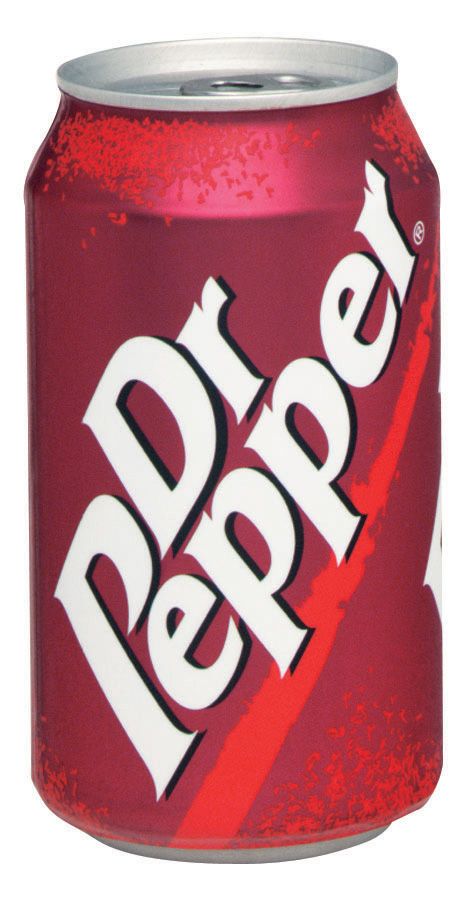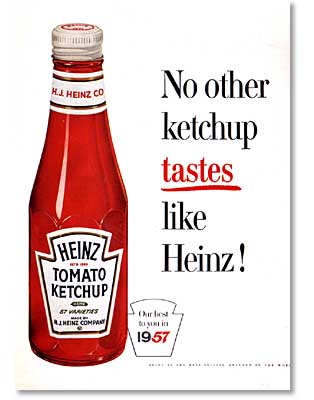Lessons from Bentonville:

A billion minutes ago, Christianity emerged. A billion seconds ago, the Beatles changed music. A billion Coca-Colas ago was yesterday morning." Robert Goizueta, Late President of Coca-Cola, 2001. |
Supply Chain"The Supply Chain comprises the network of retailers, distributors, transporters, storage facilities and suppliers that participate in the sale, delivery and production of a particular product."
Investorwords.com, 2006
|
RFIDRadio Frequency Identification. Radio Frequency Identification (RFID) is a way to collect data via a wireless system. |
|
Fearon, Flynn, and Johnson (2002) established nine major objectives of supply management: |

 (Source: Cadbury-Schweppes Media Center) |
Cadbury Schweppes reduced supply costs 5% per year. |
Dannon reduced risks from releasing yogurt either too early or too late. |
 (Source: Newsday) |
 (Source: Kleenex Image Gallery) |
Kimberly Clark was the first mover in adopting RFID. |
World Kitchen has reached a level of 99.7% accuracy in its inventory management. |
 (Source: World Kitchen Product Gallery) |
  (Factory in China) |
Del Monte advanced the RFID industry by finding ways to make RFID signals work with viscous products in metal containers with a lot of machinery around! |
Heinz illustrates the importance of integrating the RFID with other organizational systems. |
 (Source: Heinz History of Advertising Gallery) |
 |
 |